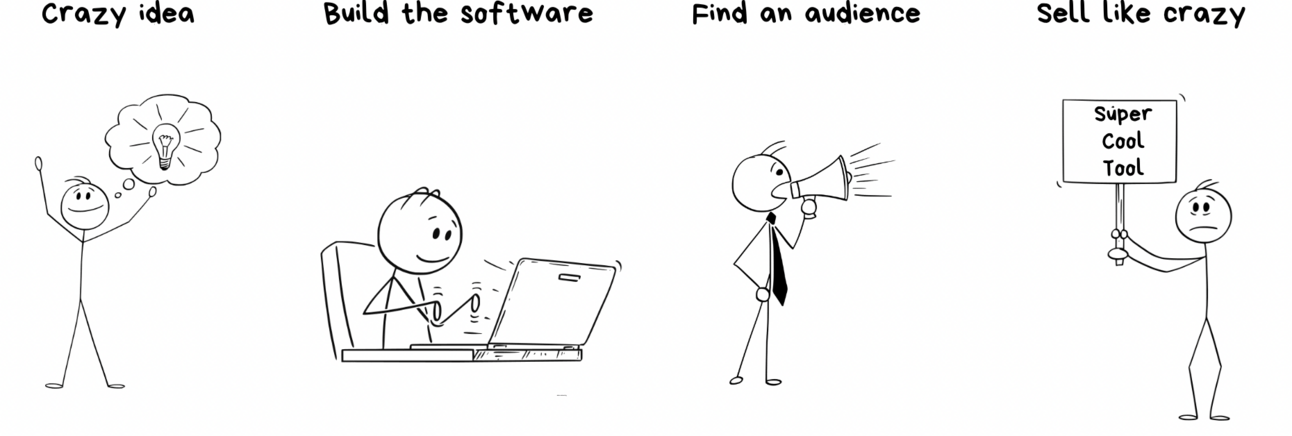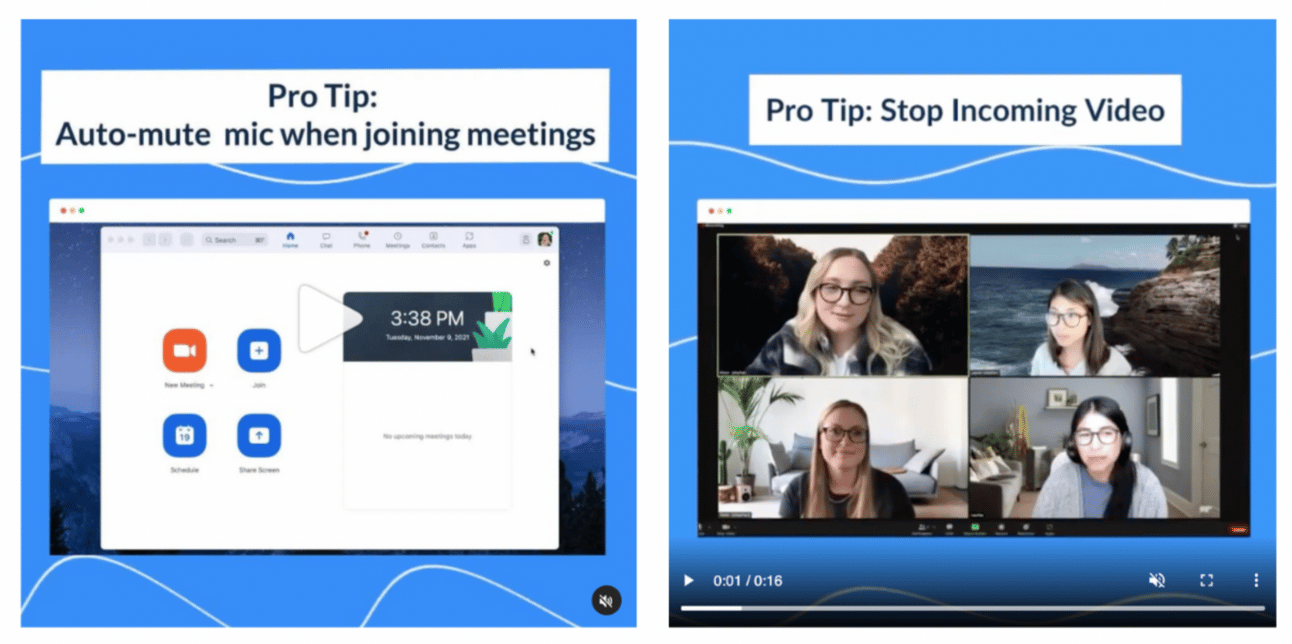
🎥 From 0 To 200 Million Users
2020 was NOT a good year to be Skype.
At the time, Skype was the #1 video calling tool in the world.
But once the Pandemic hit and everyone needed the one thing Skype offered (video calling)…
Skype was almost out of business by the end of the year. What happened?
Zoom.
Founded in 2013, Zoom was an unheard-of video-calling tool with:
No sales team
No marketing team
A small budget
But in 2020, Zoom went from 0 users a day to over 200 million…
Most of which they stole from Skype. How did Zoom do it?
Great question.
Here’s what we got for ya today:
💡 Sell The Solution, Not The Product
📱Zoom On TikTok
🎁 The No-Risk Offer
Read Time: 5 min 9 sec

💡 Sell The Solution, Not The Product
Most tech startups follow a simple gameplan:
Have a crazy idea → Build the software → Find an audience → Sell like crazy

Logically this makes sense. More users = More revenue
But Zoom took a different approach.
Zoom didn't just create a product and then try to sell it.
Zoom:
Found a market with a problem → Built the solution → Made small fixes based on feedback → Never had to sell like crazy.
In the beginning, Zoom was basically a sh*ttier version of Skype.
So instead of spending his time focused on scaling his sales team, the founder (Eric Yuan) dedicated every resource he had to improving Zoom.
Yuan required every Zoom developer to contact every user and find out where they could improve.
This led to three key Zoom features that no other video-calling software offered at the time:
High-quality videos even on hotspots/ spotty connections
Completely cloud-based (don’t have to download a software)
Can join via a share link
Yuan’s lack of a sales team left Zoom in the red for its first 3 years.
But it’s because of this relentless focus on customer feedback that Zoom became the #1 video calling platform in the world.
The Lesson: Build your product to match the needs of your market. Not the other way around. Why?
If you have a great product, it sells itself. If you don't, you'll spend all of your time selling it.

🤝 Brought To You By guidde
Tired of explaining the same thing over and over again to your colleagues?
It’s time to delegate that work to AI. guidde is a GPT-powered tool that helps you explain the most complex tasks in seconds with AI generated documentation.
Turn boring documentation into stunning visual guides
Save valuable time by creating video documentation 11x faster
Share or embed your guide anywhere for your team to see
Simply click capture on our browser extension and the app will automatically generate step-by-step video guides complete with visuals, voiceover and call to actions.
The best part? Our extension is 100% free.

📱Zoom On TikTok
Here’s a graph of Zoom’s user usage before and during the Pandemic.

There are three reasons for the big spike in users:
A higher demand for remote meetings
Zoom’s TikTok
Zoom’s no-risk offer (we’ll get to this later)
Zoom knew users would prefer to use Zoom over other platforms… if they knew about Zoom.
But breaking through the noise of other big-name competitors was not easy.
Their solution? TikTok
At the beginning of the Pandemic, everyone spent their days in online meetings. So Zoom started to post funny TikToks with online meeting jokes.
Then they’d leave a link at the bottom for users to try for free.
Once Zoom saw some traction, they pushed their audience to Instagram where they posted Zoom hacks.
Then to grow their Twitter X, Zoom launched the “Virtual Background Contest” where Zoom users would submit their background to compete for the best one.
By the end of the competition, Zoom was halfway to their current 1M followers on X.
The Lesson: 99% of buyers use social media. So not only do you have access to the #1 advertisement tool in history… but it’s completely free.
Make sure you’re using it.
Also, Zoom started on TikTok, then turned to other platforms one at a time. When growing a social media account, start on one then go to another.

🎁 The No-Risk Offer
In addition to its social media marketing, Zoom launched a free plan where users can use Zoom for up to 40 minutes.
(At the time no other video-calling software offered this)
This was smart for three reasons:
New users could join meetings for free, see the value of Zoom, and then sign up.
It attracted users outside of business meetings like hospitals and churches who did not benefit from paying Microsoft.
There was no reason to not try Zoom. If it failed, no money was lost.
What Zoom did was take all of the risk off of their customer. Users didn’t feel they had to 'take a chance' on Zoom.
The Lesson: Offer so much value that when you make your ‘ask’ it’s easy for people to buy from you.
This looks like:
#1 - Lead magnets that upsell buyers on your service
#2 - Free content that includes a link to your product
#3 - Free trials that lead to subscriptions
That’s it for today!





